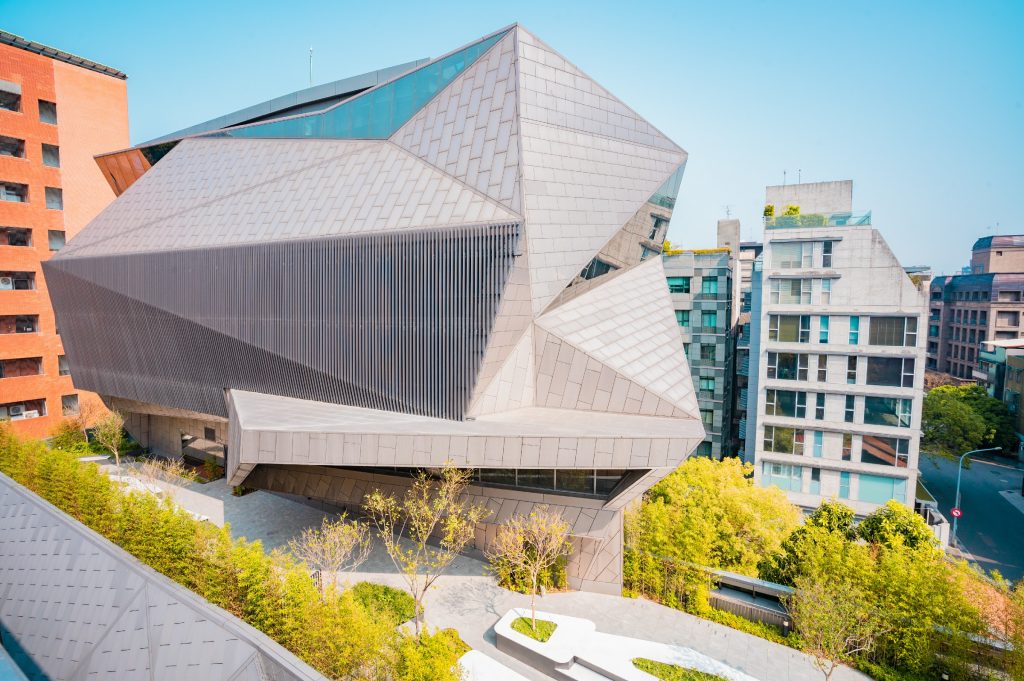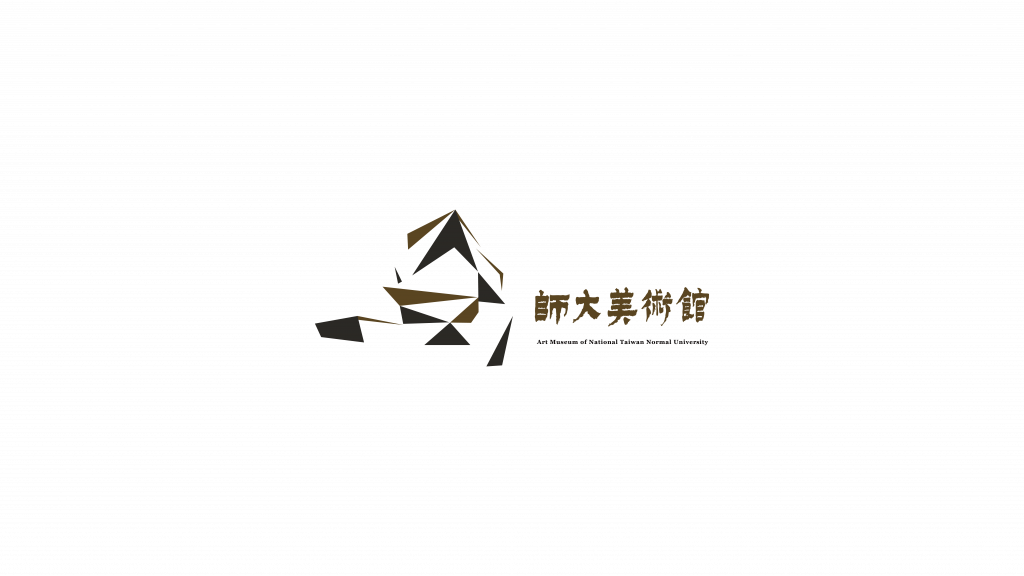╽
NTNU Art Museum
╿
Our declaration
NTNU Art Museum is…
- The university’s museum
—A museum that establishes the centennial tradition of National Taiwan Normal University and provides resources that facilitate art and cultural learning, teaching, and innovation. - A future-facing museum
—A museum that studies, restores, and preserves the museum’s art collections and explores the social development of Taiwan’s modern art scene to prepare for its future. - Our museum
—A museum that promotes local engagement and reaches out an international audience to become an art hub for all generations and ethnicities.
Brief introduction
The University Art Museum joined the National Taiwan Normal University at its centennial celebration to provide contemporary interpretation and communication for the university’s unique art collection and its academic constituency. As a place for exploration and exchange, the NTNU Art Museum allows the public, artists, teachers, students, and researchers from various fields to explore through the research and interpretation of its collections, modern art exhibitions, interdisciplinary participation in learning activities, cultural and creative art design services, and intergenerational events. By offering lively artworks and experiences, the museum aims to inclusively share arts with its audiences, facilitate exchanges between generations and disciplines, evoke individual and collective emotions and memories, and ultimately spark curiosity and imagination in everyone.

The building: A hidden treasure in the alley
- Design | KHD Studio of Chen Sheng-Chung
- Construction | United Steel Engineering & Construction Corp and Tien Hann Engineering Co., LTD
The irregular shape of the building reflects the diverse aesthetics of the contemporary era, and its spatial plan evokes a scene of musical notes moving in a line. The color gray is used both inside and outside the building, and the overall space and individual components of the building were conceived from an artistic and aesthetic perspective to present the museum as a treasure hidden in the alleys of Taipei City.
The triangular shape of the museum was inspired by the prominent triangular design elements of the main entrance of the NTNU Administration Building. Asymmetrical triangles are used to represent the university’s goal of “standing on the shoulders of giants and innovating.” The configuration of connected rectangles on the building façade are red bricks obtained from historical buildings within NTNU premises. United Steel Engineering and Construction Corp aided in the construction of the museum; the outer wall comprises 192 triangles formed by more than 400 lines of varying lengths and angles. Cutting-edge processing and construction techniques were employed to construct the outer wall curtain, which was formed from more than 400 folded plate beams of varying lengths and bend angles, each of which had undergone precise 3D image processing.

Identity design: A mix of traditional and contemporary elements
- Design | Professor Liu Chien-Cheng
- Writing | Honorary Professor Zheng Shan-Xi
The logo design of the museum is based on its unique architectural shape. On the one hand, it employs asymmetrical triangular geometric patterns to emphasize the museum’s conceptual innovations and breakthroughs; on the other hand, through the creative interplay between virtual and real-life elements, 3D structures are shaped from 2D graphics to convey the museum’s openness with respect to information integration and dissemination as well as its agility in spatial utilization.
The Chinese characters were written by Professor Zheng, who used flat brush strokes and wrote in both the regular and clerical script. The thick brush strokes are elegant, and their boldness convey a sense of liberalness. The vigor of the calligraphy reflects the profound and glorious history of oriental culture and art, and its dynamic rhythm symbolizes the museum’s role within that heritage and in the innovation of local culture in Taiwan, transcending borders and languages to connect with the rest of the world.
The representative colors of the logo are black, the color of calligraphy, and dark brown, which highlights the grandeur and gravitas of the museum and the humanistic qualities that NTNU has cultivated throughout its history.